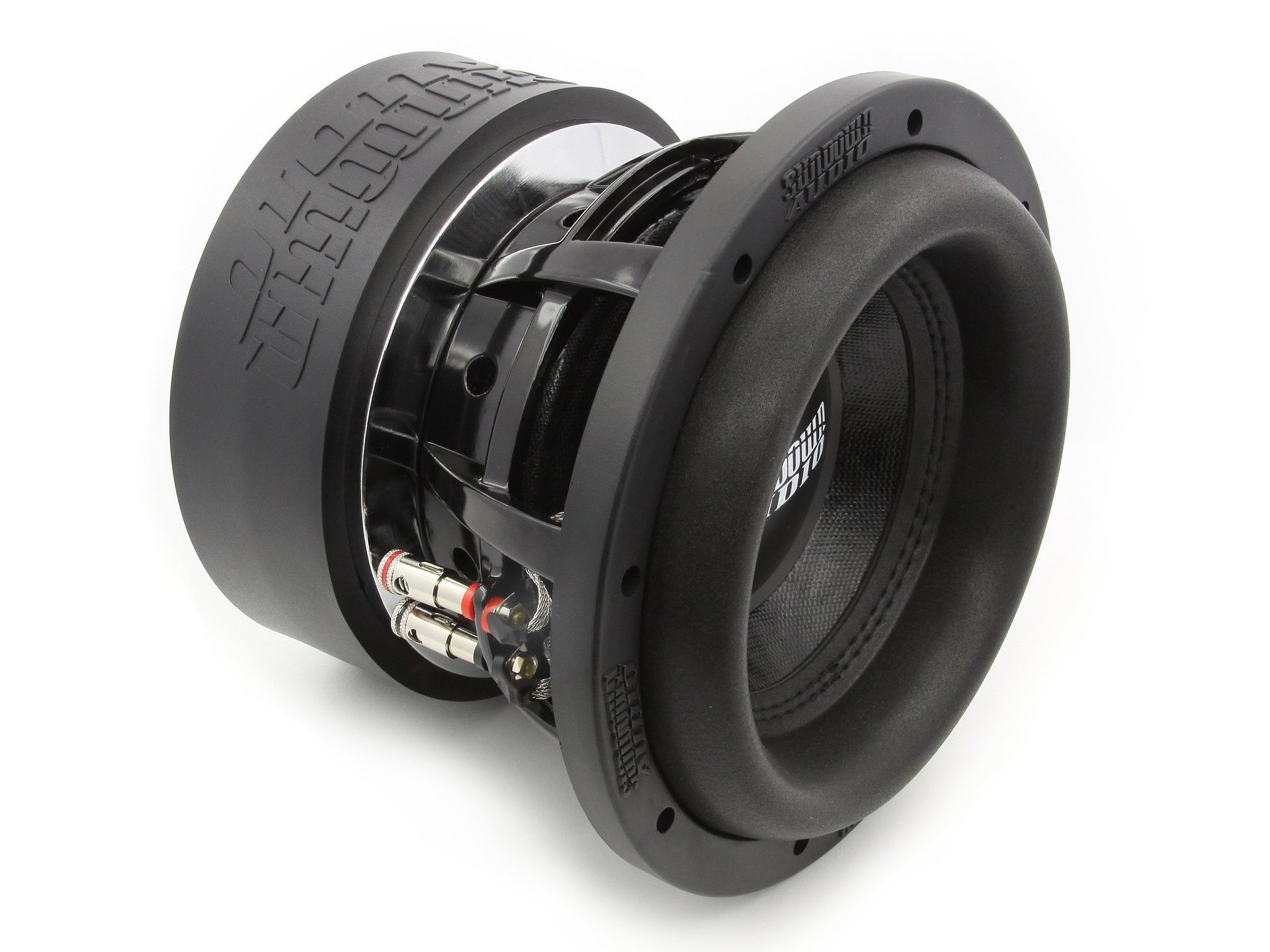Poor quality sound in a car caused by crackling or popping speakers, weak bass, unbalanced tone, or vibrating parts can be irritating to the point of having to turn off the stereo and drive in silence. The annoyance caused by these sound issues often calls for an upgrade of one, some, or all of the audio system components in a car.
The overhaul of a car’s audio system depends on the budget of the owner, their sound preferences, and the amount of time they are willing to spend on the upgrades. Sometimes, solving an issue may be as simple as replacing the speakers whilst upgrades such as increasing bass capabilities require more components and effort.
Most of the time it is impossible to improve the quality of your car’s sound without at least replacing some of the car’s original stock components which are rarely capable of producing a crisp and deep sound. With that in mind, here are eight tips on how to improve the quality of audio in your car.
1. Switch Out Your Car Speakers
Often the factory speakers in your car won’t cut it if you are looking for sound quality with better tone and more bass. So getting aftermarket speakers is often the first step for people upgrading their car’s sound system.
When shopping around for new car speakers it is worthwhile considering which speakers can fit your car and provide the sound quality you desire. Many models of modern cars can fit the same sizes of aftermarket speakers and you can find many guides of the best 6×9 speakers for your car to help weigh up which speakers can achieve the kind of sound quality you are after. The factors you should consider are how many speakers you would like and the levels of bass and volume required.
A common criterion for judging the quality of car speakers is to look at their sensitivity and power handling specifications, good quality car speakers often have a sensitivity rating of 88db or more which provides enough frequency response and range.
2. Upgrade Your Car Stereo
Older cars are of course fitted with now out-of-date stereos including cassette players, CD players, and analog radios, and even the stock stereos fitted into more modern cars can lack functionality and power requirements needed for quality sound.
Fortunately, it is quite easy to replace car old stereos with newer digital models that are capable of providing a clearer signal to the speakers and a more stable and balanced tone.
3. Add An Amplifier
High-quality aftermarket speakers can achieve improved sound quality in your car, however, they need a good source of power to work well, which can be provided by an amplifier. Amplifiers work by converting a low voltage signal from the stereo’s receiver into a high voltage signal to be sent to the speakers.
More powerful aftermarket speakers and subwoofers will require an amp to function due to the amount of power they need, although the result is higher-quality bass.
4. Install Soundproofing
Noise pollution can come from several sources including your car’s engine or mechanics, outside traffic, rattling interior parts, or the tires’ traction on the road. These can all affect the sound quality in your car and how well you can hear the music. There is also the issue of noise pollution coming from your car and disturbing people outside.
Fixing these issues to limit the impact of noise pollution can be done by firstly checking your car’s engine to see if it needs repairs to make it quieter and also by making sure there are no loose parts anywhere on the car’s interior or exterior that create any annoying rattling noises.
Other methods of decreasing noise pollution include fitting sound deadening mats in the footwells and the door cavities.
5. Add a Subwoofer
For those who love bass in their music, adding a subwoofer is often the next step when improving their sound system after installing quality speakers and an amp. When considering getting a subwoofer, think about where it can fit in your car and if it is compatible with your stereo, amp, and speakers and also if any extra soundproofing is needed. Furthermore, it is better not to turn up the volume, tone, gain, and bass to maximum levels as it will create distorted sound and possibly damage your speakers.
6. Only Use Good Quality Audio Files
Car stereos found in modern cars are digital so you can play MP3 files from your phone using Bluetooth. The sound quality from digital stereos is dependent on the quality of the audio files and if they are compressed which can cause music to sound distorted or unbalanced. When building your playlists for your car ensure the audio files aren’t too small or compressed.
7. Get An Equalizer
Noise from your car’s engine or traction on the road can interfere with the sound frequencies in your car whilst the interior parts of your car such as the seats, floors, dashboard, and windows may absorb, reflect or exaggerate certain frequencies. One solution to balance the frequencies is to install an equalizer.
An equalizer provides you with much more control over the shape of the sound in your car which you don’t get with only a stereo and amp. Equalizers allow you to tailor the tone and gain, decrease some frequencies and boost other frequencies that are masked by background noises or absorbed by fixtures in your car.
8. Add a Car Audio Capacitor
Cars with a subwoofer installed may experience power issues such as power dropping during deeper bass notes which can affect other electrics in a car. This is because a powerful subwoofer draws a lot of voltage from your car’s battery, however, to get around this potential problem you can add a capacitor.
A capacitor is an electronic device that regulates the voltage in your car’s electronics and can store and discharge power when necessary, preventing issues such as the lights dimming when the bass levels go up.
Fixing those annoying sound issues in your car can be quite easy or a bit more work depending on the issues and what you would like to achieve. The tips above should help you decide on what are the best things to do to improve the audio quality of your car.














